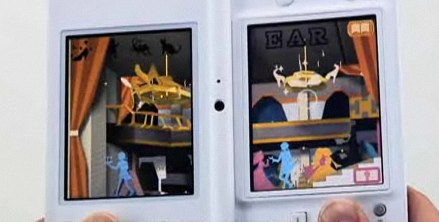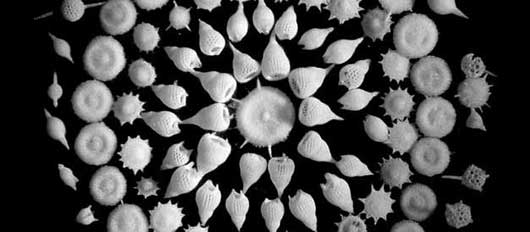Over lunch on Thursday, Russell showed us his S2H Replay – a really simple “activity monitor/pedometer thing“. I really liked his post about it earlier in the week:
it feels way more like the future than the fitbit because it’s cheap, fashiony and simple.
The Replay is $20. It doesn’t need any connectivity to share your fitness scores – a code appears on the Replay’s screen and you type it into the S2H website. It makes a smiley face when you’ve done enough exercise. And that rubber bracelet is clearly designed to be replaced/customised/given away as a freebie.
Russell’s post has lots more detail and insight. As well as the device, I liked Russell’s use of “fashiony” as a watchword: something that feels fun and now and a little bit pop. Or to use a metaphor: the Replay isn’t Ikea, it’s American Apparel. For something like the Replay, I think that’s a good quality to have.
Makedo looks like a fun take on construction toys: “a set of connectors for creating things from the stuff around you“. It’s a construction set made only of connectors and hinges; the raw materials are left for you to find. The video above has some good examples of its possibilities. My only doubt is if Makedo is toy-ish enough; the website makes it seem targeted more to an older, crafting audience. But there’s a charm and inventiveness in both the toy, and the play it enables, that I like, and I think that makes it worth a link. (Via Alice Taylor, who saw Makedo at the Toy Fair).

I think this was my favourite thing I saw this week: a downloadable game for Nintendo’s DSi. The aim of the game is to find letters hidden in 3D scenes, styled a bit like a cardboard toy theatre, by tilting the device around. The video you need to see is the second one down on this page – I can’t embed it. It’s mindboggling: a game all about perspective and visual trickery, which looks utterly beautiful. Even more impressively: the DSi has no accelerometer, just two 640×480 cameras – so all that movement is being calculated through motion tracking.
I was mainly taken with how beautiful it was, though. The only sad thing: I don’t read Japanese, I have no idea what it’s called. I hope it comes out in the English-speaking world soon.

Image: taken from Amos Topping’s slide of Radiolarians
Anne Galloway linked to this great SEED slideshow of Victorian Microscope Slides.
Some beautiful images here, but also a fascinating juxtaposition of scientific marvel – “tiny objects now made visible” – with aesthetics – “tiny objects arranged beautifully“. (Anne’s original post; the collector Howard Lynk’s own website)
Finally: scratching and drumming with a set of holographic heads. (via Scott Beale). This is a live performance of Chris Cairns’ Neurosonics Audiomedical Labs inc, and elevates it from “nifty video effects” to something far more ingenious. It made me laugh, too.

One Comment or Trackback
1. Timo said on 26 February 2010...
Here’s an embeddable version of 体かくし絵:アッタコレダ or “3D secret/hidden pictures”
http://www.youtube.com/watch?v=h5QSclrIdlE
Apparently it uses face-tracking for the perspective/depth.